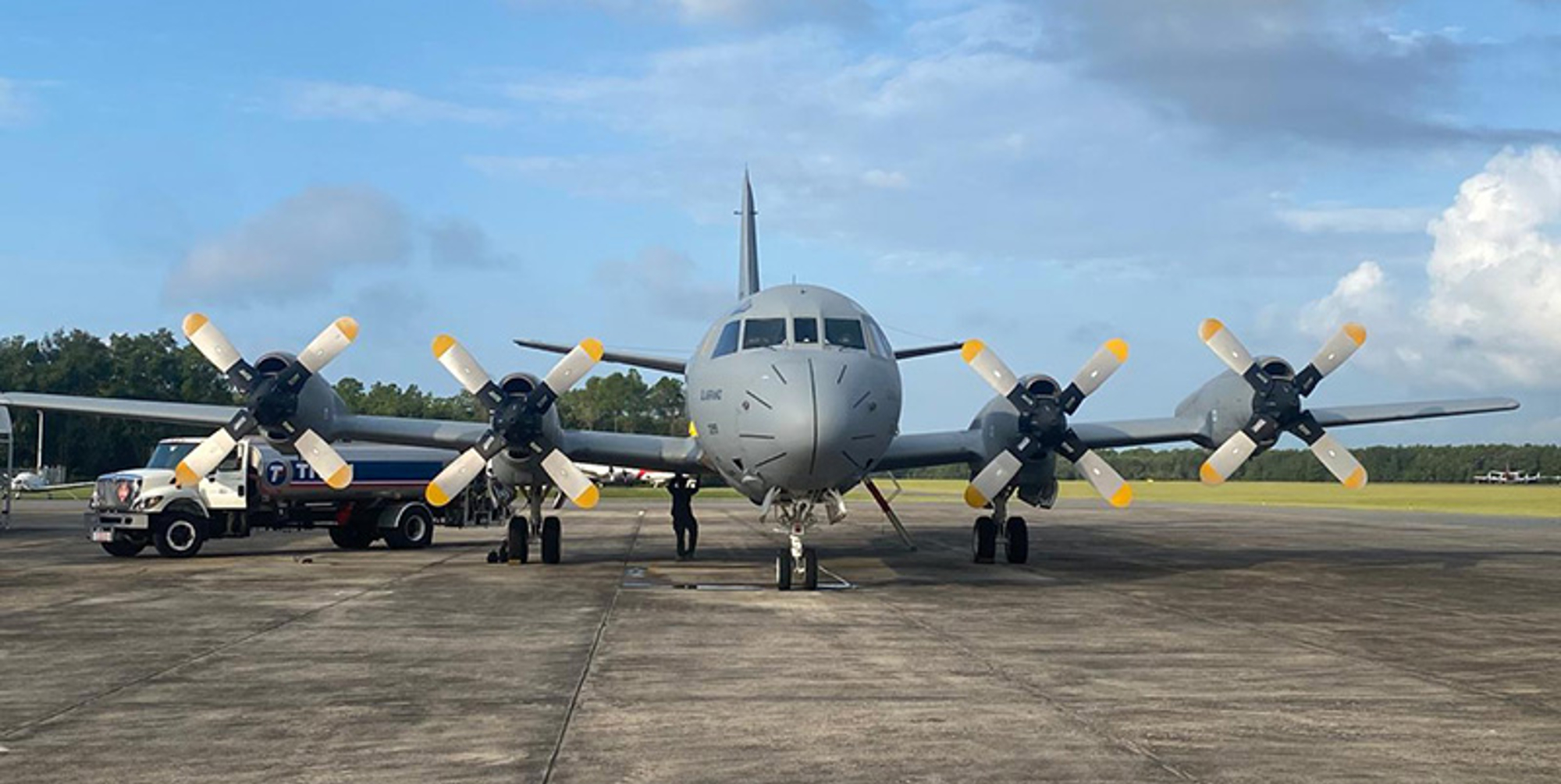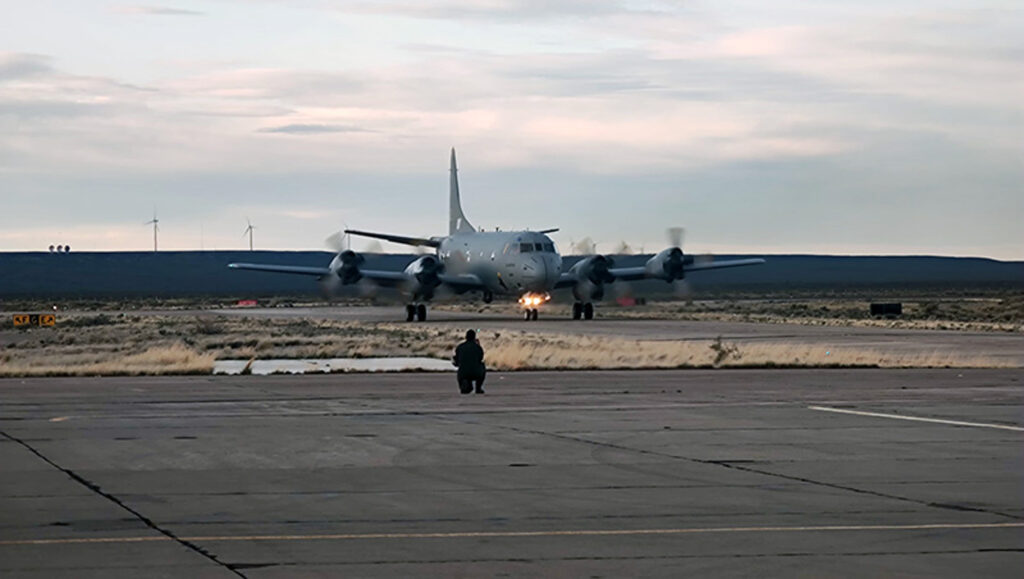The Norwegian government has delivered the Argentine Navy’s first P-3C Orion surveillance and anti-submarine aircraft in Trelew, Chubut Province.
Arriving at the Almirante Zar Naval Air Base, the aircraft will be operated by the service’s 3rd Naval Force – Naval Exploration Squadron.
Once operational, the platform will support maritime, river, and lake missions across Argentina’s search and rescue responsibility zone and over adjacent regions in cooperation with nearby countries.
It will also deploy to “exercise, preserve, and protect” the nation’s sovereignty in its exclusive economic zone as well as in exploration, administration, and conservation of natural resources.
The Argentine Navy said that the integration of its initial P3-C aircraft will be complemented by proficiency programs to expand the force’s capabilities across anti-surface and anti-submarine warfare, salvage tasks, humanitarian aid, and other works associated with “areas of high national interest” including Argentine Antarctica.
Modernizing Surveillance Capabilities
Buenos Aires’ latest aircraft is part of an acquisition signed in 2023 for four new Orions to replace the navy’s “non-operational” P-3B planes.


The future fleet will be sourced from Norway’s stockpile as the Scandinavian government gradually replaces its older Orions with the more advanced Boeing P-8 Poseidon.
The approximately $67-million sale was first planned under a $78-million foreign military sale with the US Navy in 2019 but was later retracted due to Argentina’s defense budget concerns.
The Orion P-3C
Developed by Lockheed Martin, the Orion measures 116 feet (35 meters) long and has a wingspan of 100 feet (30 meters).
It can carry up to 11 personnel and armaments such as air-to-surface, anti-ship, and standoff land attack missiles, depth charges, cluster and nuclear bombs, naval mines, and torpedoes.
The aircraft uses four 4,910-horsepower Allison turboprop engines and four-bladed Hamilton reversible propellers for a top speed of 411 knots (761 kilometers/473 miles per hour), a range of 1,345 nautical miles (2490 kilometers), and a service ceiling of 28,300 feet (8,626 meters).


